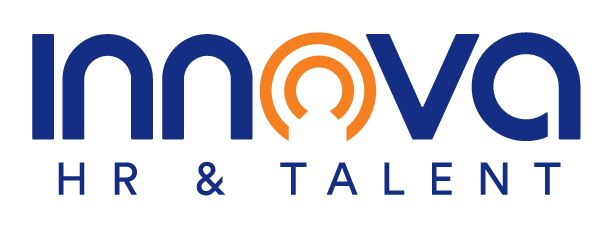By Gabriela Roberti / Innova Hr & Talent Director
Transparency in the selection process lays the foundation for building strong and lasting relationships with candidates. When a company chooses to be open about its selection criteria, policies, and values, it creates an environment where candidates feel valued and respected. This transparency not only benefits the candidate by enabling them to make informed decisions about their fit with the company but also contributes to a positive perception of the organization in the job market. Honesty from the beginning of the process builds trust and establishes a genuine connection between the employer and the candidate.
However, while transparency is essential, the challenge lies in balancing it with the necessary confidentiality. The selection process involves evaluating skills, experiences, and other sensitive information that, by its nature, must be handled with care. Protecting confidentiality is not only about safeguarding the privacy of the candidates but also preserving strategic information for the company. Avoiding inappropriate disclosure of sensitive details requires careful management and constant consideration of ethical and legal boundaries.

Below are some useful strategies for maintaining the balance between transparency and confidentiality in a recruitment process:
1. Establish Clear Boundaries from the Beginning: Defining clear boundaries from the start of the recruitment process is essential. Inform candidates about which aspects of the process will be shared and which will remain confidential. This establishes clear expectations and demonstrates the company’s commitment to honesty and integrity.
2. Implement Confidential Interviews: Implementing confidential interviews can be crucial when dealing with candidates who are currently employed. Offering the option of interviews outside of working hours or in a discreet environment helps preserve the candidate’s privacy, mitigating the risk of exposing their participation in the recruitment process.
3. Anonymize Sensitive Information: When providing examples or cases during the process, ensure discretion with sensitive information. This allows for illustrating relevant points without revealing details that could compromise the confidentiality of employees or the company’s business strategy.
4. Use Secure Platforms: Choosing secure platforms for data management and communication is essential. Ensure that the tools used in the recruitment process comply with security and privacy standards, protecting confidential information of both candidates and the company.
5. Continuous Training for HR Personnel: Training human resources staff and recruiters on the importance of maintaining confidentiality is key. Provide guidance on handling sensitive information and consistently reinforce the need to balance transparency with the protection of sensitive data.
6. Constant Evaluation of Information Relevance: Before sharing any information, assess its relevance to the selection process. Consider whether disclosing certain details will significantly contribute to the candidate’s understanding of the role and the company, avoiding unnecessary information sharing.
7. Implement Confidentiality Policies: Develop and communicate clear confidentiality policies to everyone involved in the recruitment process. This establishes expectations and ensures that all team members are aligned with ethical and legal practices related to privacy.
8. Continuous Review and Improvement: Regularly review and improve recruitment practices based on feedback and changes in laws and regulations. Staying up-to-date with best practices in information management ensures that the balance between transparency and confidentiality is optimal and sustainable over time.
Maintaining transparency without sacrificing confidentiality is an art in the selection process. Finding the right balance not only builds a positive experience for candidates but also preserves the integrity and reputation of the company.





